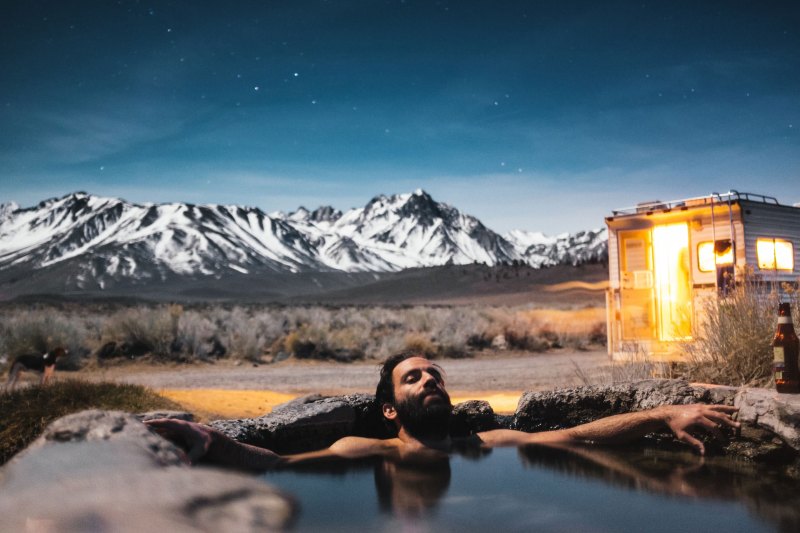
For many Americans, 2020 fast became The Year of the RV Road Trip. Now, in 2022, recreational vehicles are more popular than ever before. Whether you’re a first-time RV buyer or a seasoned veteran, visiting the U.S. National Parks is a quintessential part of owning your own camper. But with more than 400 “units” in the National Park Service (NPS) system, how do you choose where to go next? These are the best National Parks in Spring for RV camping.
Joshua Tree National Park
California
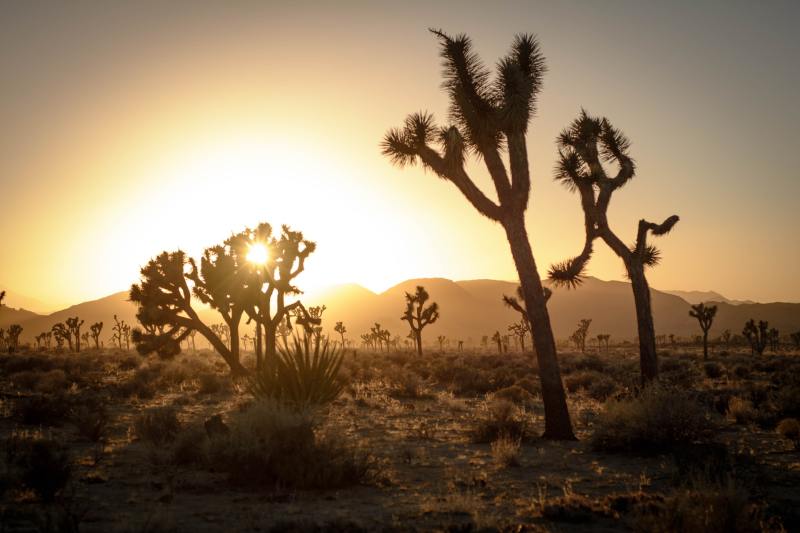
Few National Parks boast the mythical and mystical quality of Joshua Tree. Massive boulder piles, bleached sand dunes, and Dr. Seussian yucca forests spread across hundreds of square miles of desert are an otherworldly sight to behold. The good news for RVers is that the majority of campgrounds near the park are RV-friendly. The key is to call ahead to confirm any maximum length restrictions before you arrive. Like many
Grand Canyon National Park
Arizona
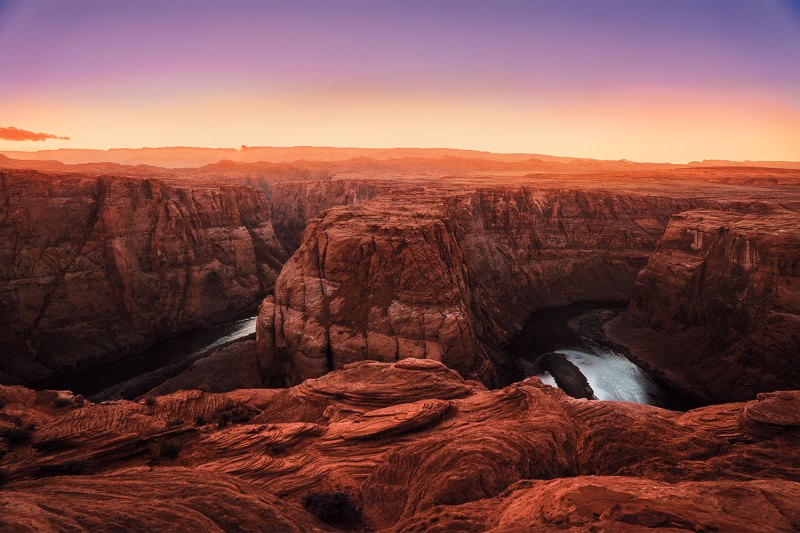
Although it’s “only” the sixth most popular park in the NPS system, Grand Canyon National Park is arguably the most iconic. The views from virtually any roadside pull-out are nothing short of spectacular. Wide roads around the park also make for easy driving, especially for novice RV owners. There are just four developed campgrounds inside the park. But if you’re looking for creature comforts, Trailer Village is the only option with full RV hookups.
Yosemite National Park
California
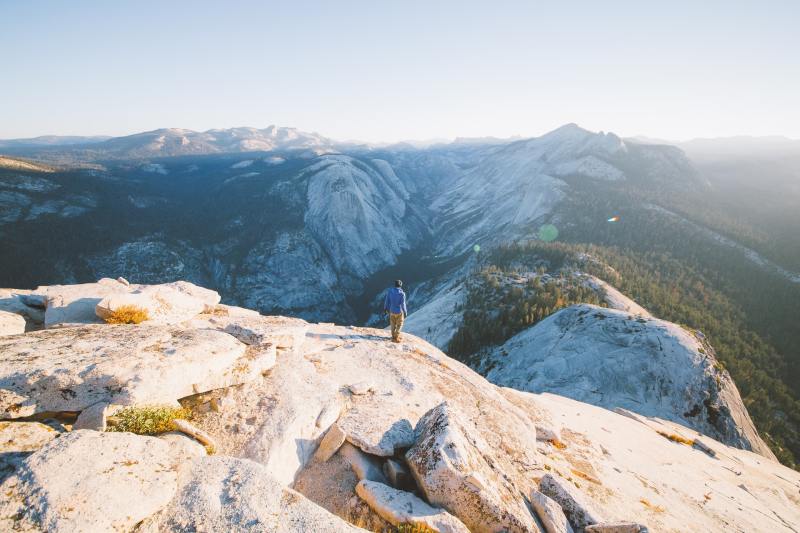
It’s California’s most iconic National Park, and with good reason. There are countless opportunities for hiking, world-class rock climbing, wildlife spotting, and nature photography, especially during the park’s exclusive annual Firefall event. There is, in fact, so much to see here that we recommend setting up your RV at a campground inside the park to experience as much as possible. Fortunately, there are a large number of campgrounds within the park boundaries. However, take note that none offer RV hookups. Tuolumne Meadows Campground is among the best options, but spaces fill up fast.
Kings Canyon National Park
California
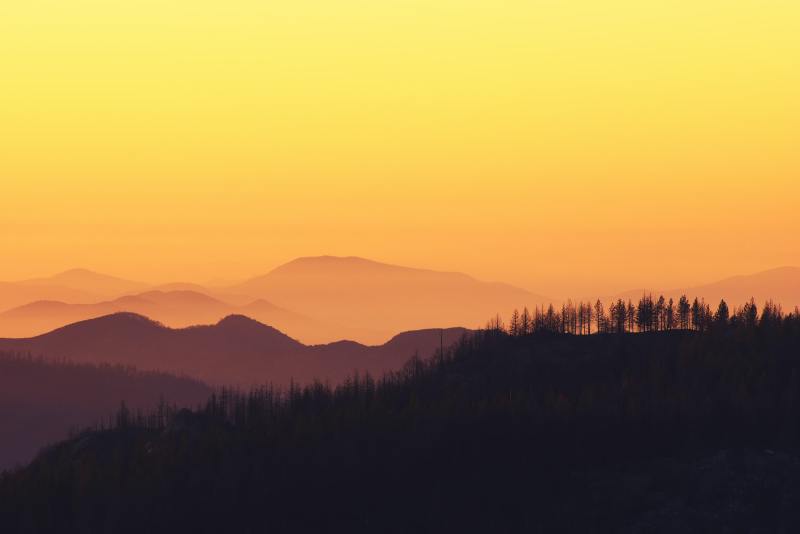
This “little brother” to Yosemite has many of the same features — fantastic mountain views, pristine rivers, and groves of towering Sequoias — but with one-tenth of the visitors. For RVers who appreciate a little more solitude, this is a true not-so-hidden gem among California’s
Great Smoky Mountains National Park
Tennessee and North Carolina
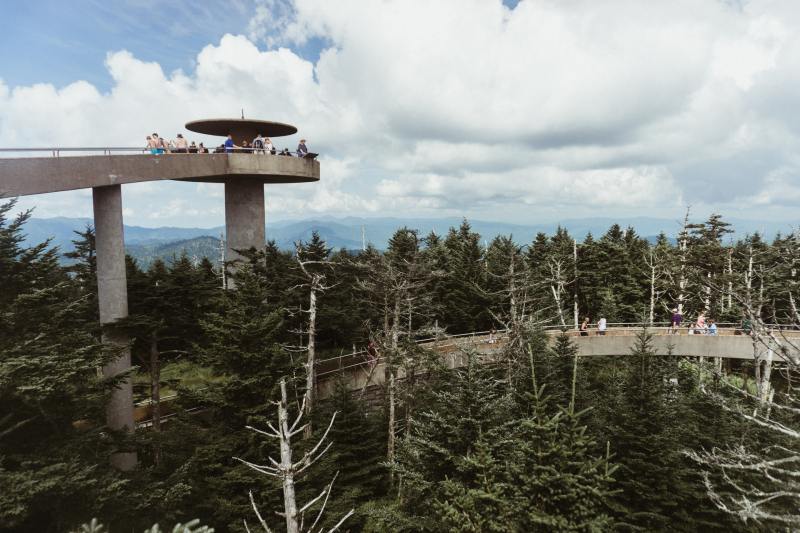
This monster of the National Park system attracts more than 12 million visitors every year. That’s more than the next three most popular parks combined. With borders that stretch from Tennessee to North Carolina, there’s plenty of room and reasons for RVers to explore. Visitors will find opportunities for everything from history and auto tours to waterfall hikes and wildlife-watching. For campers, there are no less than ten campgrounds inside the park. However, only half of those accommodate RVs and are without hookups, so plan accordingly.
Yellowstone National Park
Wyoming, Montana, and Idaho
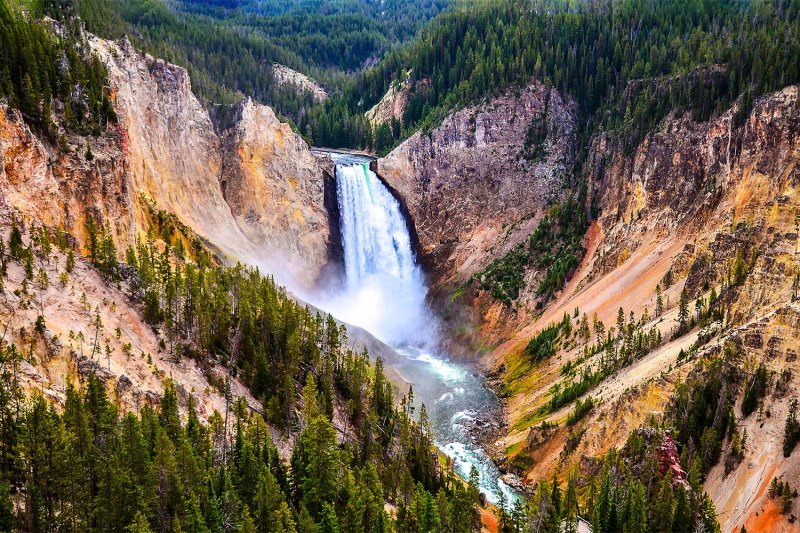
If there’s one park that ties Grand Canyon for “flagship” status among all U.S.
Wrangell-St. Elias National Park
Alaska
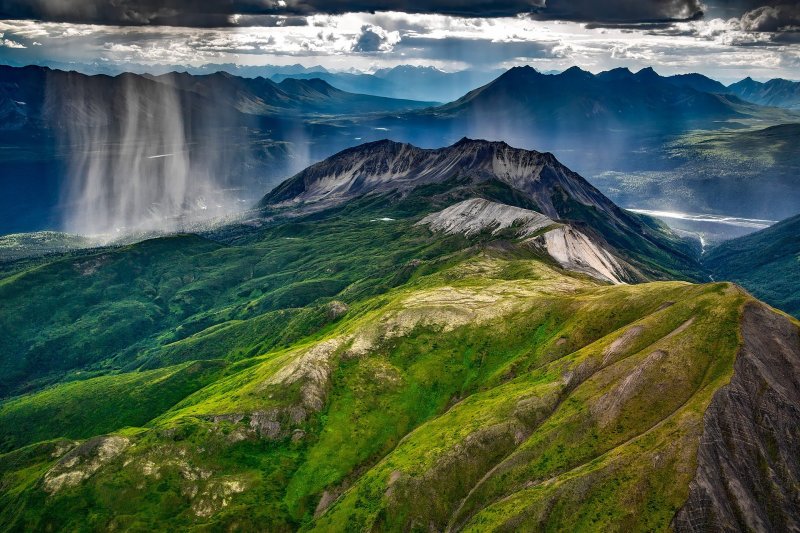
For RVers looking to escape the maddening crowds, Alaska is home to the four largest parks in the National Park Service system. None holds a candle to the awe-inspiring size of Wrangell-St. Elias National Park. At more than 13,000 square miles, it dwarfs the likes of the Grand Canyon. This is truly remote RV camping territory, as the park is home to some of the largest volcanoes and peaks in North America. More than a quarter of its land is covered in glaciers. For RVers of all stripes, from first-timers to experts, exploring this park is truly the trip of a lifetime.
As of early 2022, most parks within the National Park Service have reopened. Still, amid the ongoing pandemic, hours and COVID-related restrictions are regularly changing. It’s best to visit the official NPS website or call ahead to confirm before visiting. Whatever you do, don’t forget to come prepared with our top must-pack essentials for every RV owner.


